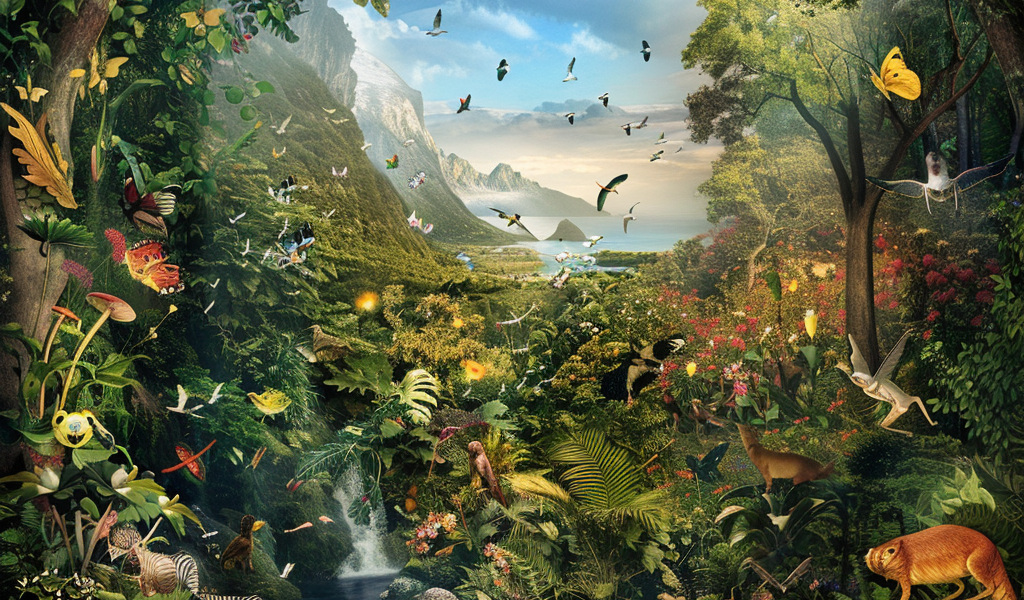Archaeological Study Suggests Cultural Diversity Increases Biodiversity of Ecosystems
By Eva Schissler, University of Cologne
Cultural diversity is likely to have an overall positive effect on the biodiversity of ecosystems, according to a recent article published in Philosophical Transactions of the Royal Society B. Dr. Shumon T. Hussain from the University of Cologne and Dr. Chris Baumann from the University of Tübingen reached this conclusion in their study titled ‘The human side of biodiversity: coevolution of the human niche, paleo-synanthropic, and ecosystem complexity in the deep human past.’
The research, part of the current thematic focus ‘Multispecies Conviviality’ of the University of Cologne’s Research Hub MESH (Multidisciplinary Environmental Studies in the Humanities), examines the role of past humans in the evolution and control of biodiversity on our planet. The archaeologists offer a deep-time perspective grounded in material and ecological data to argue that the idea that humans had lived harmoniously with nature as hunter-gatherers mischaracterizes the fundamental problem of human interaction with ecosystems.
The scientists criticize the recent emphasis on the negative consequences of people actively intervening in their ecosystem more than 10,000 years ago, suggesting that the relationship between humans and ecosystems has always been much more complicated and complex. They argue that, in addition to negative effects, there are also positive effects on biodiversity that follow certain rules.
The research combines various case studies from the Late Pleistocene (approx. 120,000 to 11,800 years before present) and is also based on a recent study by the two authors on ravens from the ice age, which shows that these birds benefited from humans as neighbors about 30,000 years ago—especially from food options that hunter-gatherers in the environment provided for these animals.
The archaeologists based their research on the results of zooarchaeological and stable isotope analyses, which were applied to examine the coevolution of humans and ecosystems. Their findings suggest that the homogenization of human life forms may be an important motor of the ongoing major extinction events in the ‘Age of Humans’ (Anthropocene).
The scientists highlight that biodiversity loss occurs locally due to human activity, but biodiversity is strongly promoted elsewhere, emphasizing the need to place these dynamics in a wider context. This research sheds light on the complex relationship between human cultural diversity and the biodiversity of ecosystems, providing valuable insights into the coevolution of humans and the natural world.





